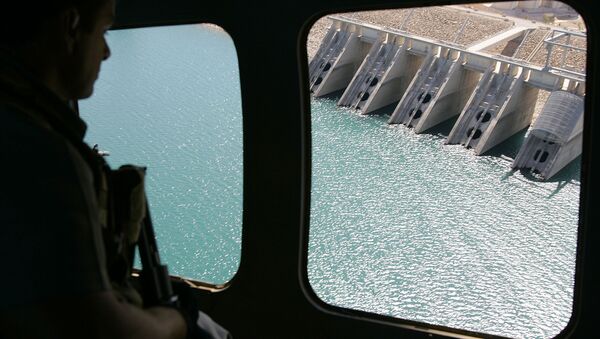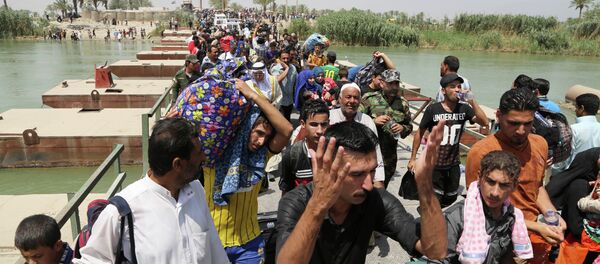Built in the early 1980s, the Mosul Dam is the largest in Iraq. In 2014, it was seized by Daesh, causing fears that the terrorist group would use the installation to cut off electricity or water supplies to cities downstream. Of even greater concern was that the militants would intentionally destroy the dam, creating flash floods along the Tigris.
While the dam was ultimately retaken by Iraqi security forces, the threat of its collapse remains.
The same engineers who built the structure 30 years ago have warned that the Iraqi government has failed to replace vital machinery.
In particular, the sluice gates used to relieve pressure are jammed shut. That pressure is building every day, as winter snowmelt sends additional water down the Tigris, edging the reservoir closer to maximum capacity.
In addition, the government has failed to properly staff the facility since its recapture. The lack of maintenance means that cracks in the dam’s foundations are not being repaired.
The engineers warn that a sudden structural collapse could cause a catastrophic death toll, with nearly 1 million people being killed in a 65-foot wall of water that would strike the city of Mosul. These waters would continue through the Tigris valley, ultimately arriving at the capital of Baghdad.
In January, US Lt. Gen. Sean MacFarland also warned that the dam was in danger of collapsing.
"When it goes, it’s going to go fast, and that’s bad," MacFarland said at the time, according to Haaretz. "If this dam was in the United States, we would have drained the lake behind it."
He claimed that the US was developing a contingency plan to evacuate civilians in the flood path, but Riyadh Izeddin, director general of the dam, said he was never informed of such a plan. At the time, Izeddin denied there was any danger.
"The Americans didn’t tell us anything," he said. "There is nothing seriously wrong with the dam."
The Iraqi government appears now to be taking the threat seriously. On Wednesday, Baghdad signed a contract with an Italian company worth roughly $300 million to reinforce dam infrastructure, but it remains unclear how long the overhaul will take.
There is also the matter of restaffing the site. Ideally, the dam requires 300 workers operating 24 hours a day in three shifts. Since recapture from Daesh, only 30 of those workers returned, and finding individuals willing to work in such dangerous territory has proven difficult.




